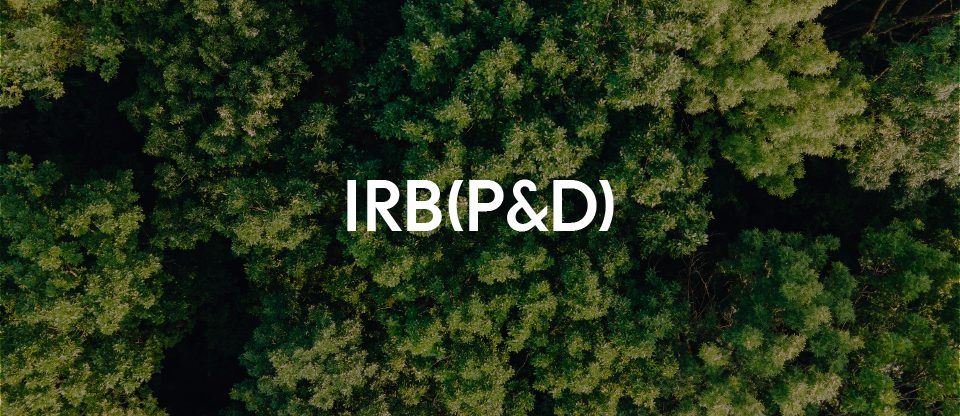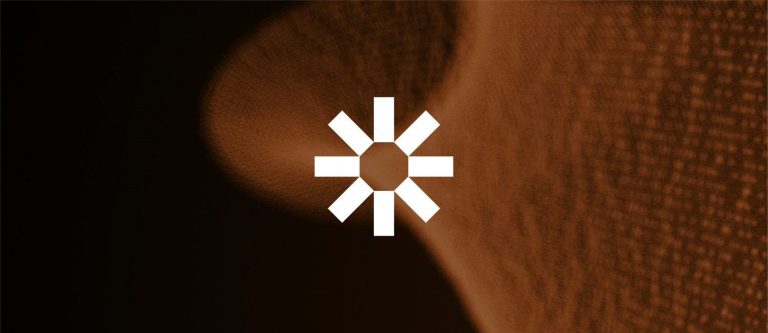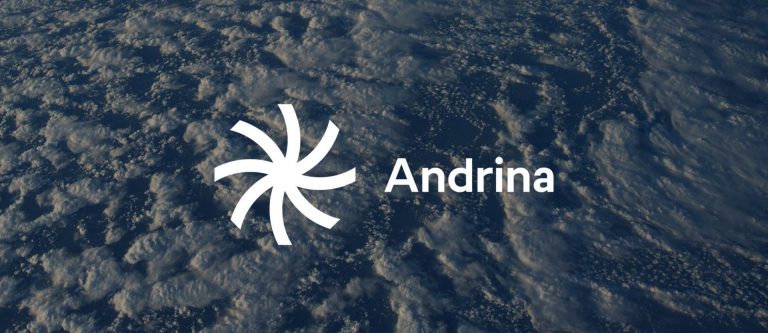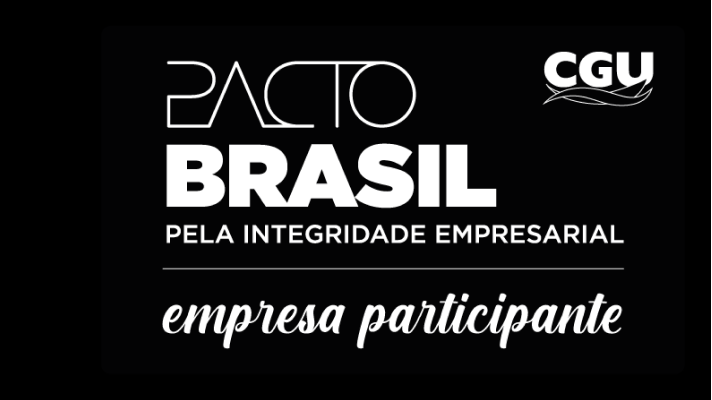IRB(Re), the country’s largest reinsurer, has set up an area dedicated exclusively to research and development. In operation since January, the IRB(P&D)’s first initiative, as it is called, deals with climate risks, a topic that has gained even more focus following the rains and their impact on Rio Grande do Sul. We spoke to Carlos Teixeira, the executive who is leading the work and is about to launch the 1st IRB(P&D) Forum, which will take place in September in Rio. Check it out:
What motivated IRB(Re) to set up a research and development department?
We have a key role to play in promoting risk transfer products and solutions in Brazil. Without transferring risks, there is no possibility of economic and social development. In this sense, in view of the digital transformation, the accelerated advance of technology and the new challenges facing the insurance industry, it is crucial for the company to have a research and development area of excellence. The purpose of IRB(P&D) is to place IRB(Re) at the global frontier of knowledge and techniques for assessing and managing risks.
What initiatives is the IRB(P&D) developing or planning?
Our first focus is the Climate Risk Initiative, which has been in operation since January. With this in mind, we are launching the 1st IRB(P&D) Forum, which will take place in September in Rio and will have the theme “Challenges and opportunities in dealing with Climate Risks”. We will bring together representatives from the insurance and reinsurance market, the government sector and institutions currently studying the issue to debate and propose solutions.
What are the goals of the Climate Risk Initiative?
The goal is, in the mid-term, to deepen our knowledge of extreme weather events, in order to support the insurance industry and inform the definition of public policies. In parallel, we will structure robust databases related to climatic events, as a means of training our technical team and producing immediate results, including the preparation of technical analyses based on this data, geared towards the general benefit of society and the insurance sector in particular.
Are there any exchange programs with universities? What are they?
Yes, we started the project in partnership with PUC-Rio, which has great expertise in data science and artificial intelligence. In addition, we are working with students and professors from other knowledge centers, such as the National Telecommunications Institute, the federal universities of Alfenas, Lavras and Itajubá and the School of Applied Mathematics at FGV, specialists in risk assessment, actuarial science, agriculture, machine learning and artificial intelligence.
How about the public sector?
An initiative with this level of ambition cannot do without interaction with the government.
Does IRB(P&D) also plan to seek partnerships with other companies in the insurance and reinsurance sector? How?
We are in contact with CNseg and other companies and institutions, in Brazil and overseas, that have a synergistic research structure with the one we are developing.
What challenges does climate change pose for the insurance and reinsurance sector in Brazil?
This is a global issue, to which the insurance market can contribute its knowledge, embodied in the range of products it has developed over decades. One of the challenges posed by the current situation, however, is precisely the development of tools for forecasting extreme events. Current disaster prediction models have not proved to be accurate in this regard.
Are there any products in Brazil focused on climate change?
Yes. However, our focus is to bring specialized and scientifically based knowledge, enabling the development of more effective instruments for mitigating and transferring climate risks in an economically sustainable way over the long term, with the aim of protecting lives and society, and increasing the resilience of the Brazilian economy.
What products could be designed, with the Brazilian reality in mind?
Initially, since Brazil is a continental country, historical data on climatic events must be considered. For the insurance industry to be able to accurately assess risks, it is crucial to organize coordinated and consistent data and timely information on the frequency of events and losses associated with disasters in each micro-region of Brazil, as well as the growing trends observed in these parameters in recent years. Based on a properly oriented and objective analysis of this information, new public mitigation policies and protection products could emerge.




